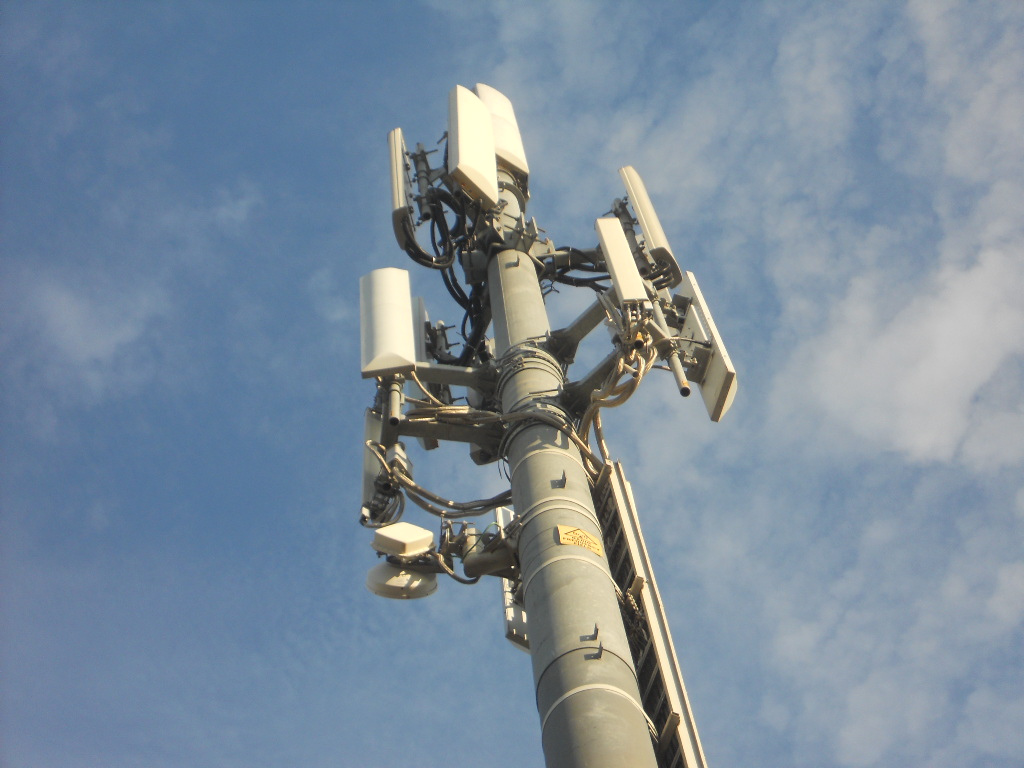Local councils have welcomed the chance to nominate mobile coverage black spots under the federal government’s Mobile Coverage Programme, but strongly cautioned Canberra not to sideline commercially unviable remote communities nor expect local governments to stump up cash for capital works.
The mobile voice and broadband coverage program has two parts: the $80 million Mobile Network Expansion Project, which targets areas around transport routes, small communities and places prone to natural disasters and a further $20 million under the Mobile Black Spots Project to improve mobile coverage in areas with specific problems, such as high demand during holidays.
The locations of the new base station towers and optical fibre backhaul will be chosen using assessment criteria which include: value for money for the Commonwealth; the level of new mobile coverage; the expansion of existing coverage; the number of mobile network operators (MNOs) per bid and the amount of co-contributions by other levels of government.
The federal government will also take into account more than 4,000 submissions received from individuals, organisations, MPs and councils, highlighting where there is little or no mobile coverage.
The deadline for submissions is Friday this week.
But Australian Local Government Association (ALGA) chief executive Andrew Beresford-Wylie has cautioned that whole communities will remain isolated if commercial viability is the program’s main driver.
“For remote areas currently without coverage, high entry costs have made it unviable for carriers to invest. Carriers will invest in areas with the largest number of subscribers,” Mr Beresford-Wylie said.
“The challenge is how to deliver services under the Mobile Coverage Programme, within the limited funding available, to those regional communities where it would otherwise be non-commercial and uneconomic for carriers to do so (otherwise it) may bypass many of these non-commercial communities.”
ALGA wants the order of merit list of proposed base stations to be determined in consultation with local governments, so those areas most in need benefit from the program.
A Communications Department spokesman said the program was expected to provide around 250 to 300 new or upgraded mobile base stations in areas where mobile services were currently unviable for commercial operators.
Satellite mobile phones, which could be used anywhere in Australia from a number of service providers, remained an “effective alternative” for those who missed out under the scheme, he added.
Currently three national MNOs – Optus, Vodafone and Hutchison Australia – collectively claim to cover 99 per cent of Australia’s population but this equates to only around one-quarter of the country’s landmass.
While cautiously optimistic about the program, councils have other concerns: chiefly that they will be asked to dip into their pockets by federal government.
The federal government will only seek expressions of interest (EOIs) from local councils and communities for the Mobile Black Spots Program once the first Mobile Network Expansion locations are announced.
A Communications Department discussion paper put out in December 2013 ominously says: “all EOIs submitted at this stage must include a commitment to provide a co-contribution towards the proposed station … for example by the local government, significant local businesses, large community groups or the state or territory government”.
Co-contributions can be cash or in-kind, for example site access or road and power installation. The paper says the Commonwealth will fund “some of the costs’’ but this will vary between sites.
Mr Beresford-Wylie said remote councils were “extremely keen’’ to improve limited coverage and to secure coverage where there was none but the co-contributions required could dash their hopes.
“Rural and remote councils are generally the least capable financially of providing co-contributions for projects,’’ he said.
“These communities are currently without mobile service because of the prohibitive cost of deploying the service and are financially struggling themselves.”
Some Northern Territory Councils, in addition to being cash-strapped, could not offer land as a co-contribution because they did not have tenure over it.
But a Department of Communications spokesman said co-contributions from state/territory governments, local councils and other third parties were being sought to maximise the additional coverage achieved by the program.
“The Government’s $100 million investment is expected to generate at least matching funding from industry, state and local governments and communities,” he said.
In-kind contributions were welcomed from local councils, for example leasehold tenure for a base station site at little or no cost, help with civil works or access to council-owned infrastructure.
The Local Government Association of Queensland has suggested that one solution to addressing the commercial unviability of some areas could be to aggregate sites by state or region so that commercially viable areas could cross-subsidise smaller, less economically attractive, sites.
Three delivery options are being discussed under the program: the first where a single mobile network operator or a consortia of MNOs builds and contributes “significantly’’ to the cost of building base stations; the second where multiple MNOs bid for a portion of the $80 million funding; or the third option where one or more companies build, own and operate a base station or a group of base stations and allow a number of MNOs to install their network equipment.
Tendering is expected to be later this year and the locations announced in the first half of 2015.
Comment below to have your say on this story.
If you have a news story or tip-off, get in touch at editorial@governmentnews.com.au.
Sign up to the Government News newsletter

